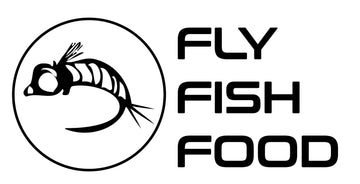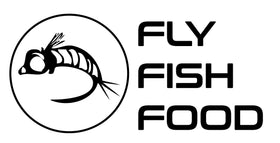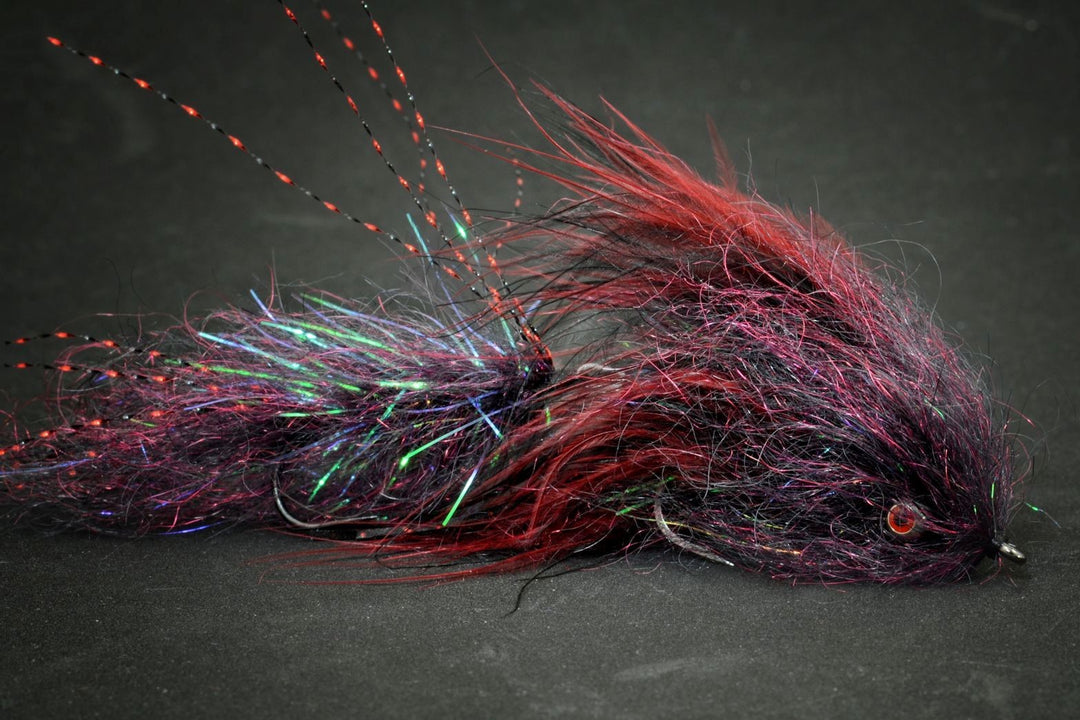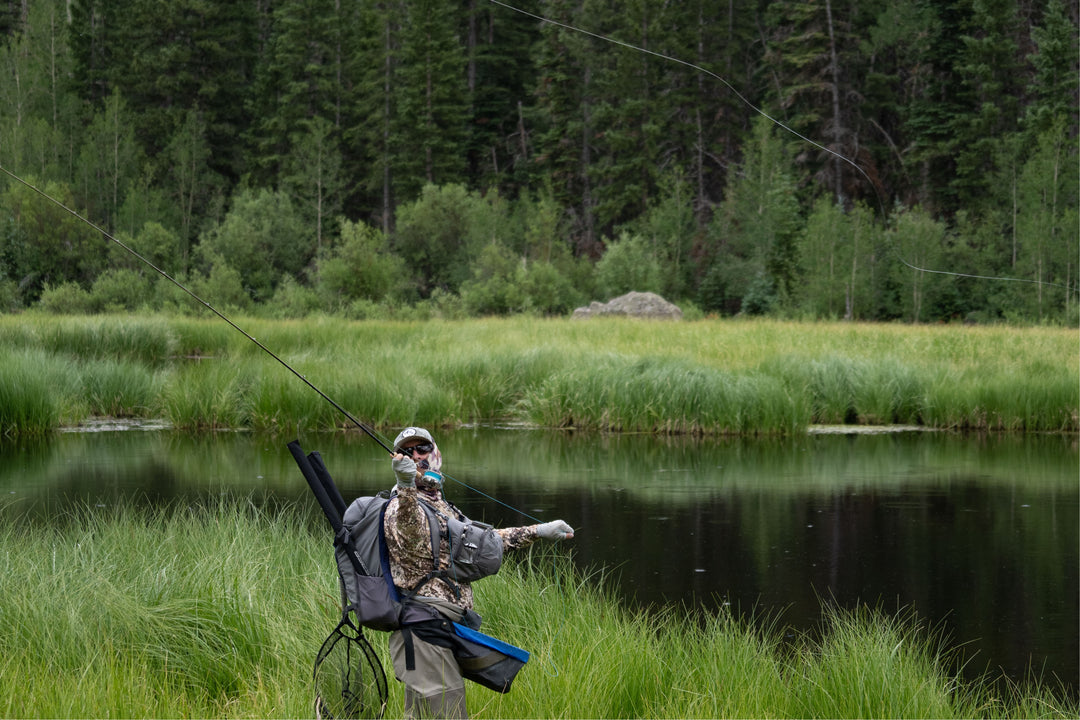Beaverkill River Fly Fishing Report - August 8/23/2025
BEAVERKILL RIVER FLY FISHING REPORT
Catskills, New York — Classic Trout Water
Current River Conditions
Approx. flow: ~100–150 cfs (varies by gauge & reach)
Clarity: Clear — sight fishing common in calmer runs
Notes: Low but fishable; trout holding in tailouts and deeper seams
Morning: low 60s °F (~62°F typical)
Midday: can climb toward mid-60s on hot, sunny afternoons
Trend: Rising on warm days — prioritize cool-of-day fishing
Late‑August warmth with possible afternoon sun; isolated thunderstorms can freshen water and trigger activity
Wind: generally light to moderate; calm mornings are best for dries
Popular beats (upper, middle, lower) see steady angling pressure — expect company at classic pools and no‑kill sections. Park legally and pack out all gear and trash.
Hatch Chart & Insect Activity (Aug 23)
| Insect | Best Match | Activity | Prime Time |
|---|---|---|---|
| Blue‑winged Olives (Baetis) | #16–22 (emergers, small duns) | Steady, especially cooler mornings/evenings | Early morning / late evening |
| PMD / Light Cahills | #14–18 (emergers & duns) | Light to moderate—use emergers in nymph rigs | Late morning to midday |
| Caddis | #14–18 (skittering & soft‑hackle) | Light—spikes at dusk | Evening |
| Terrestrials (ants, hoppers, beetles) | Hoppers/ants, sizes 8–12 | Occasional landings on warm afternoons | Afternoon edges & fast foam lines |
| Midges | #18–22 (zebra/black midges) | Present in calmer pockets, especially on overcast days | All day in sheltered pools |
Recommended Flies (matched to available patterns)
Below are on‑the‑water recommendations and direct pattern links so you can copy a shopping list or tie‑box checklist.
Dry Flies & Terrestrials
- Parachute Adams — dependable attractor and general mayfly match for mixed hatches.
- Parachute - Blue Wing Olive — for those Baetis rises in the morning and evening.
- Corn‑fed Caddis (CDC) - Olive — excellent for dusk skittering caddis takes.
- Fancy Pants / Hopper patterns — use on warm afternoons as a dropper rig partner.
Nymphs & Subsurface
- Tungsten Pat's Rubber Legs — a go‑to for stonefly/large nymph profiles and fast seams.
- Pheasant Tail Tungsten — universal, low‑profile mayfly nymph that out‑produces when trout key on duns/emergers.
- Juju Baetis Tungsten — compact, heavy Baetis nymph for indicator and euro rigs.
- Olsen's Diabaetis Perdigon — for picky, selective takes on emergers (use light point/leader).
- Tungsten Split Case Nymph - BWO — excellent for late‑summer BWO activity.
Small Midges & Emergers
- Black Zebra Midge (TBH) — tiny midge takes in clear, slow pools.
- Split Case - PMD — emerger / cripple patterns for PMD and small dun activity.
- Egan's Silver Bullet - Baetis — a polished emerger/nymph option when trout chase small mayflies.
Streamers & Large Patterns
- Coffey's Articulated Sparkle Minnow - Sculpin #4 — work along undercut banks and pocket water for opportunistic takes.
- Sculpzilla - Natural — sculpin profile for bigger trout holding in deeper runs.
- Mini Jig Leech / Hot Head Mini Leech — very effective when fish key on leech profiles late summer.
Tactics & Quick Tips
- Nymph first: start with a tungsten nymph (Pat's or PT) under an indicator or on an indicatorless euro rig, add a smaller Baetis emerger as a dropper.
- Dry‑dropper for the take: a buoyant Parachute BWO or Corn‑fed Caddis with a tungsten nymph below covers both rises and subsurface feeding.
- Streamer play: if trout are holding deep and you see little surface activity, strip a sculpin or leech pattern along seams and pocket edges.
- Stealth matters: clear water and low flows mean longer leaders (10–14 ft tapered), small tippet (4X–6X for small dries), and soft wading approaches.
Gear & Leader Recommendations
3–6 wt rods: 3–4 wt for small dries & nymph rigs upstream; 5–6 wt for streamers and longer casts.
Floating line for dries/nymphs; sink tip or intermediate for streamer work.
9–12 ft tapered leaders for dries; 10–14 ft for nymph rigs with 4–6 ft of tippet.
Tippet: 4X for larger dries/nymphs, 5X–6X for Baetis/PMD presentations.
Regulations & Etiquette
Know the local regulations—many stretches of the Beaverkill include special regulations (seasonal closures, catch & release, or fly‑only beats). Respect posted signs, private property, and other anglers. Keep fish handling minimal and wet your hands before netting or releasing fish.
Best Sections Right Now
- Upper Beaverkill (cooler, pocket water) — good for nymphing and sight fishing.
- Middle reaches / Junction Pool — classic stretches for dry‑dropper and evening rises.
- Lower Beaverkill — pressured but productive in early morning and after evening thunderstorms.
Final Notes
Late August on the Beaverkill is about pattern reading and patience. If you don’t see consistent surface activity, work deeper with small tungsten nymphs and emergers. If you do find risers, match the hatch with small Baetis/PMD patterns and present lightly — the clear summer water makes flies and leaders visible, so subtlety wins. Safe wading, keep an eye on water temperature, and enjoy the classic Catskills experience.




